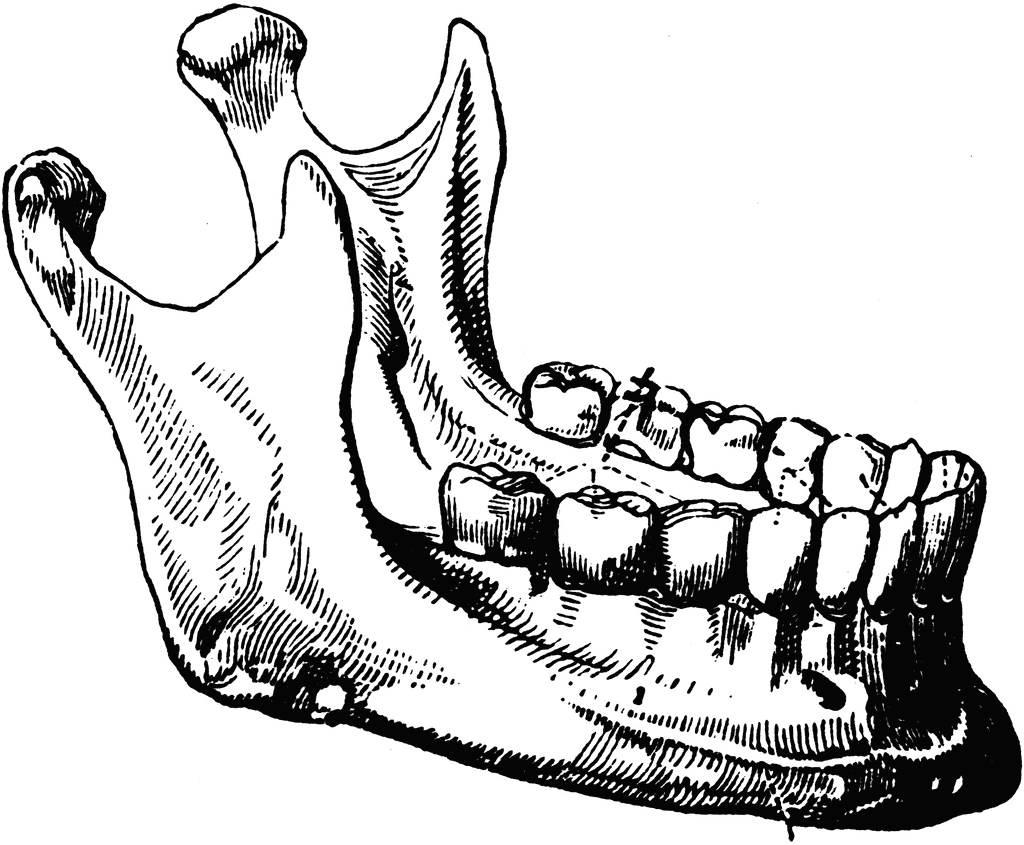Temporomandibular Disorder or TMD is characterized by having pain either in the temporomandibular joint (TMJ) or in the muscles of the face. There are other symptoms that can be associated with this pain including popping and clicking noises or not being able to open or close the mouth all the way. This pain might be very acute or of a more chronic nature. Diagnosis and treatment of TMD is very possible but can take some time with various approaches.
There are
many different reasons that someone might have pain in the area of the
TMJ. The most important thing that needs
to happen is getting the right diagnosis of the pain. In some cases there is an underlying systemic
disease. Once that right diagnosis is
found the treatment can then begin. The
most common causes for the pain are: stress, grinding your teeth, arthritis,
abnormal use of muscles when not eating, etc.
In treating
TMD, there is not fail safe treatment that guarantees the removal of pain, but
various things are employed that can provide the relief. The first step is teaching what causes the
pain and eliminating some of the habits that cause and aggravate the muscles
and joint. These might include clenching
or grinding and stress management. Next,
a combination of medications, including NSAID’s, like ibuprofen and opiates, to
reduce the inflammation and pain, and physical therapy, to allow the muscles of
the face to return to their proper uses.
In some cases an appliance that can be worn at night will be
prescribed. This is what we call an
occlusal splint or a night guard. It is
a type or retainer that is worn at night to reduce the wear on the teeth if
there is grinding occurring. It also
helps to reduce the pain by realigning the TMJ and can provide some
relief. In some cases changing the shape
and realigning them to come together in a different way will help, but this
treatment is not as recognized and usually is done as a last resort. The final option in treating TMD is having
surgery. This is a last resort if
nothing else is working and there is still intense pain.
In
conclusion, the first step in helping to eliminate this pain is seeing your dentist
or other specialist. In reading this
article it might be the start of your journey.
Make an appointment and we can help to get you out of pain and back to
eating and functioning.
Dr. Mark Barry, DDS
Dr. Mark Barry, DDS



Nice post.love your blog.thanks for sharing the information.keep posting.
ReplyDeletemichigan cosmetic dentist
Great post. Thanks for sharing the reasons of pain in the area of the TMJ. This post must help the dental patient to share with family dentist. Please keep up your writing. Family Dentist
ReplyDeleteThis is so nice to restore the natural function of the mandible.
ReplyDeletedental consulting